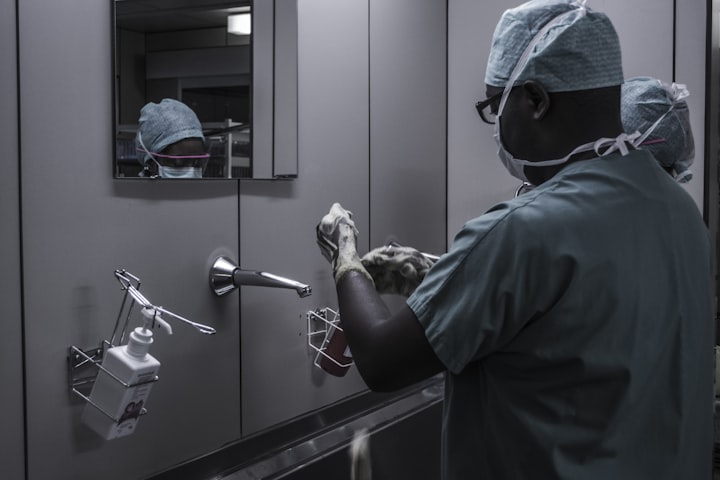
Since 1999 more than 100,000 American’s die every year due to medical harm. This number quickly doubles if you include hospital incurred infections. The goal of Chasing zero’s is simple, to bring deaths due to medical error to zero. Medical errors can ultimately be prevented if taken seriously. Safety of the patient is and should be our top priority as medical staff. How has safety changed over the years? It begins with the last 10-12 years of talking about safety, but not actually doing anything to implement it. As of more recently things have been implemented in order to protect the safety of our patients. These include the empowerment of staff members, a check list, and new technology. These three things if taken into consideration and implemented by the healthcare systems could change the safety of patients all over America.
When we talk about empowering staff, we take into considerations that we need three things that lead to patient safety. These include implementing engaged leaders, practices that work, and the practices used consistently to help the overall safety of our patients. Engaged leaders are those who want to make a change, the ones that want to make a difference in the safety of our patients and are willing to listen to staff input to help make the correct changes. After the extensive leg work of having effective leadership the correct practices need to be put into place to protect the safety of our patients. This includes the standards put in place by the world health organization (WHO), HIPPA, and OSHA to ensure quality care to patients. Once these practices are put into place, they need to be carefully checked over a time period, in order to ensure the quality of the changes made. These three things together can save the lives of patients one error corrected at a time. An example of a practice that works implemented by the staff in a hospital setting is shared rounds. Shared rounds help’s nurses include patients in the process of passing on information during shift change. This allows the patient comfort in knowing that their next care giver is informed and has the knowledge they need in order to safely care for the patient.
A check list is as simple as it sounds, check a box save a life. Check list are created by putting together the WHO check list with the regulatory requirements and are placed for use in every operating room in America. A check list enhances communication in the operating room while making it simple, standardized, and predictable. This leads to better safety for our patients, and better infection control in our operating rooms. Check lists are not only being used in operating rooms, they are being used in laboratory’s, and for the use of administrative operations in the healthcare facility. An example of a check list in the hospital is the use of two demographic identifiers to identify the correct patient such as the patients name, DOB and the use of ID bracelets when a patient is admitted. The staff member has a procedure to follow which implements the safety of the patient.
New technology has been beneficial to the overall safety of patients in healthcare facilities. These include the use of bar code technology. Bar code technology matches the code on the medication to the barcode assigned to the patient as their patient ID number. The use of this system ensures that the five rights are done correctly. The right medication, the right dose, the right time, the right route, and the right patient. Another system used today to help double check the work of the care giver is the use of the smart pump. The smart pump contains a drug library, allows the care giver to program the pump to control the rate. The system double checks the work of the care giver, they follow the policy and procedures given, and use the barcode system within the smart pump to verify the five rights. Another advance in technology to help the overall safety of patients is the Computer Prescriber Order Entry (CPOE). The CPOE allows the provider to automatically check for dose accuracy, allergies, drug interactions, and it provides a simulation. The simulation procedure verifies the performance of the drug or procedure before being done on the patient. This can change the overall number of medical errors drastically. The amount of money spent on implementing the new system is beneficial to the healthcare facility and can be seen through recording of data over time. Money spent on treating infection that could have been prevented with the money to implement the new system. One main goal included in the CPOE is the implementation of the Automated Infection Identification and Mitigation Systems (AIIMS). The AIIMS is used to identify and prevent impact of infections using computerized systems. There goals included quality of care and elimination of infection. They believe that infection can be controlled.
With new technology, check lists, and empowering staff, we as health care workers can provide a safer environment that leads to better quality of care to our patients across America. We must work together to make the changes necessary to provide better safety to our patents. It starts with us. Safety has changed drastically over the years, but it needs to continue to change and become better to protect our patients and our staff.






Comments
There are no comments for this story
Be the first to respond and start the conversation.